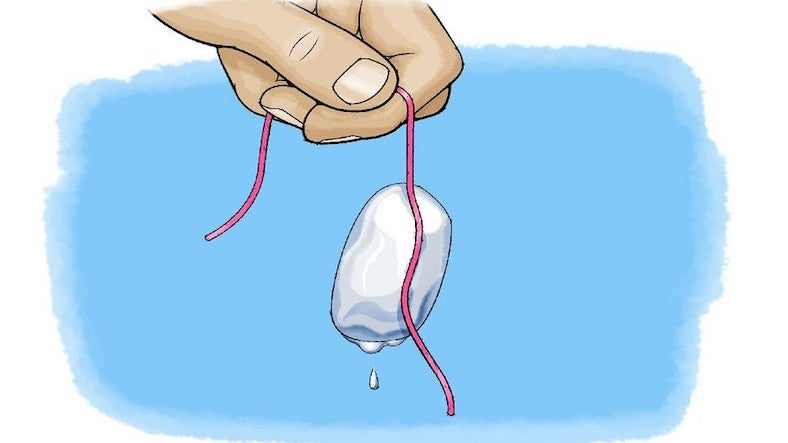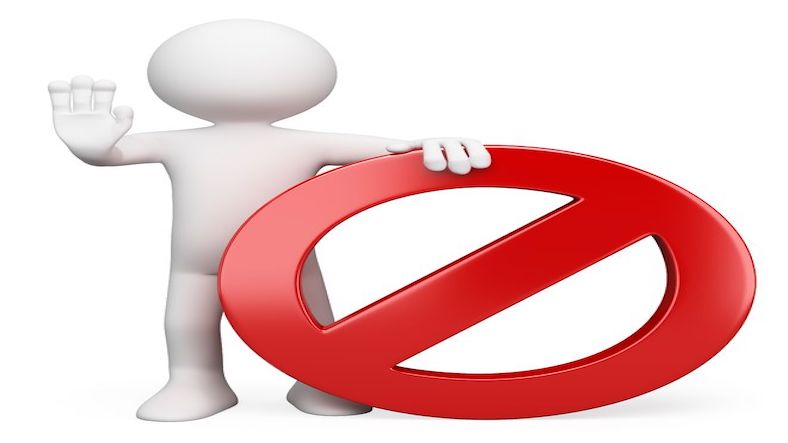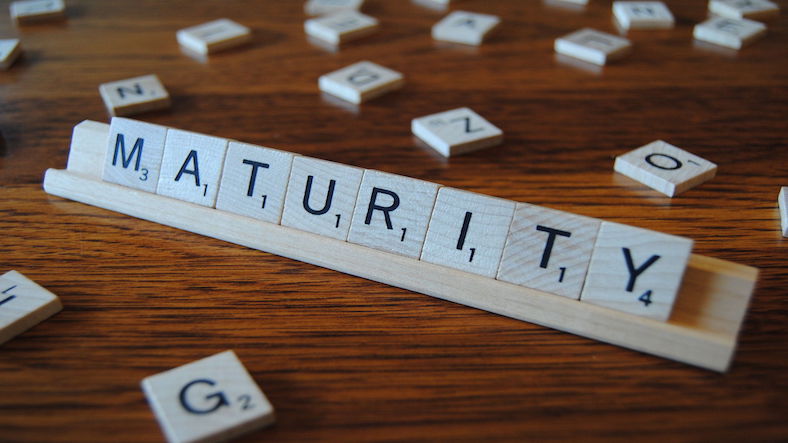Title: Sticky Ice - Exploring Surface Tension Experiment
Objective: To investigate surface tension by creating "sticky" ice cubes that can cling to various surfaces.
Materials:
- Ice cube tray
- Water
- Salt
- String or thread
- Various surfaces to test (e.g., plastic, glass, metal, fabric)
- Optional: Food coloring for visual effect
Procedure:
- Fill the ice cube tray with water, leaving some space at the top to prevent overflow when freezing.
- Optional: Add a few drops of food coloring to the water in the ice cube tray to create colored ice cubes.
- Place the ice cube tray in the freezer and allow the water to freeze completely.
- Once the ice cubes are frozen, remove the tray from the freezer.
- Cut a piece of string or thread, approximately 6-8 inches long.
- Wet one end of the string with water and press it gently against one of the ice cubes. Hold it in place for a few seconds to allow the water to freeze and secure the string to the ice cube.
- Carefully remove the ice cube from the tray, ensuring that the string remains attached.
- Choose a surface to test the "sticky" ice cube. Press the string end of the ice cube against the surface and hold it for a few seconds.
- Observe if the ice cube sticks or clings to the surface. Take note of the time it takes for the ice cube to detach.
- Repeat the process on different surfaces and compare the results. Some surfaces may exhibit stronger surface tension, causing the ice cube to stick more effectively.
- Optional: Sprinkle a small amount of salt onto the surface of the ice cube and observe any changes in the stickiness or detachment time. Salt can alter the surface tension of the ice.
- Discuss the concept of surface tension with the children. Explain that surface tension is the cohesive force that allows water molecules to stick together and form a "skin" on the surface, creating the effect of stickiness.
Safety Considerations:
- Adult supervision is recommended when handling ice cubes and using scissors to cut string or thread.
This experiment allows children to explore surface tension through the creation of "sticky" ice cubes. It promotes scientific observation, critical thinking and an understanding of basic physics principles. Enjoy the exploration of surface tension with your sticky ice experiment.
Thanks for reading the article, for more Science & Technology related articles read and subscribe to peoples blog articles.















